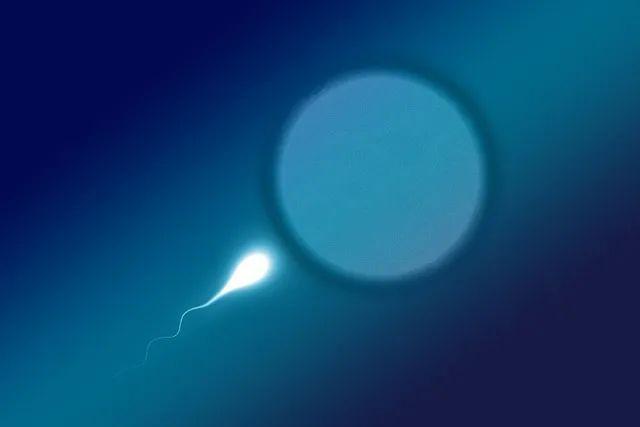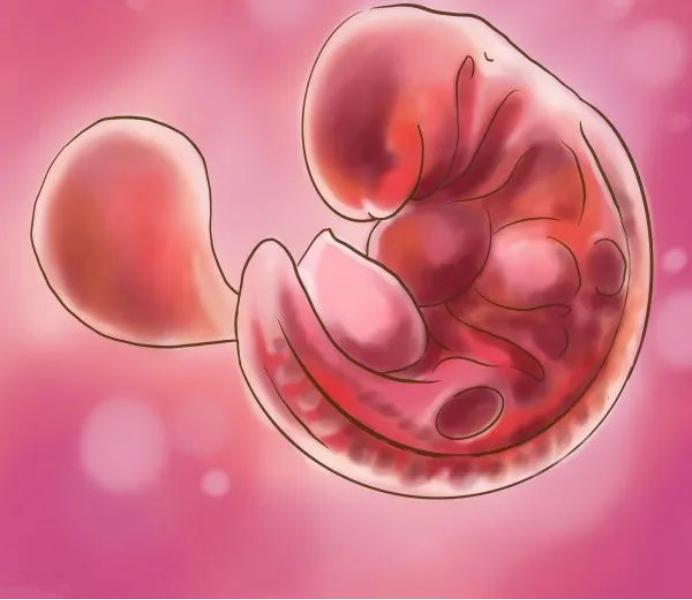Keys to Improving IVF Success Rates

The Lancet 2025 study confirms that precise positioning of IVF embryo transfer window improves the landing rate by 65 percent
I. Timing of IVF Embryo Transfer: The Scientific Choice of Fresh Embryos vs Frozen Embryos
The golden window of fresh embryo transfer
Ovarian transfer (D3): suitable for those who have obtained >8 eggs and no risk of OHSS
Blastocyst transfer (D5-6): need to meet ≥2 high-quality embryos (Gardner score of 4BB+)
Key indexes:
Estradiol <5000 pmol/L (to prevent premature endothelial transformation)
Progesterone <1.5 ng/ml (to avoid luteinization)
Individualized program for frozen embryo cycle
| Endothelial preparation program | population (esp. of a group of people) | Timing of transplantation |
|---|---|---|
| natural cycle | Regular menstruation (28±3 days) and normal ovulation | Day 3 (cleavage embryo) or day 5 (blastocyst) after ovulation |
| Hormone replacement cycle | Ovulation disorders (e.g. PCOS), thin lining, irregular menstruation | Day 3 (cleavage embryo) or day 5 (blastocyst) after progesterone initiation |
| downward adjustment cycle | Endometriosis (coeliac/adenomyosis), repeated graft failure, elevated CA125 | Hormone replacement is initiated 28 days after GnRH-a injection (after down-regulation is achieved) and transplanted on days 3-5 after progesterone conversion |
Cambridge Reproductive Center data: frozen embryo transfer live birth rate increased by 18% compared with fresh embryos (P < 0.01)
II.the whole process of the transfer operation is deciphered
1. Golden rule of preoperative preparation
Bladder management:
Drink 500ml of water 2 hours before the operation → moderate filling (the best for ultrasound visualization)
Urinate immediately after the operation → avoiding compression of uterine arteries
Identity verification:
Dual authentication of fingerprints of surrogate mothers + passports
Scanning and matching of embryo ID chip (100% anti-implantation rate)
2. Painless implantation technological breakthrough
Ultrasound guidance upgrade:
4D dynamic imaging real-time monitoring of catheter position
Avoid touching the uterine fundus (>1.5cm safety distance)
Optimization of the cervical pathway:
Soft-sheath catheter is activated in case of cervical stenosis (injury rate ↓90%)
Average operation time: 3 minutes and 28 seconds (international standard <5 minutes)
III.the critical 48 hours after surgery: the speed of life and death of implantation
▶ Three iron laws of activity management
Refusal of absolute bed rest: thrombosis risk ↑320% (FIGO 2025)
Moderate walking: 45% increase in pelvic blood flow velocity
Contraindicated maneuvers:
Lifting >5kg
High-intensity core training
▶ Early warning system for bleeding
| bleeding period | incentives | Response program |
|---|---|---|
| 24h after transplantation | Injury to the cervical mucosa | No intervention required (self-limiting) |
| D7-14 | Capillary rupture during implantation | Progesterone incremental support |
| D14+ | Pre-eclampsia/Ectopic Pregnancy | Emergency ultrasound + beta-hCG monitoring |
Red Alert: Bleeding > peak menstrual flow + Abdominal pain → Immediate medical attention
IV.Nutritional Optimization: Precise regulation of the microenvironment for implantation
1. Golden nutrients for implantation
Vitamin D: Maintain >40ng/ml (insufficient ↓37%)
Omega-3 fatty acids: 1.5g per day (salmon/krill oil)
Antioxidant matrix: Co-enzyme Q10 200mg + Vitamin E 400IU
2. Dietary contraindications list
Absolute Prohibition:
Alcohol (↓ 50% implantation rate)
Caffeine >200mg/day (↑ 1.7 times risk of miscarriage)
Restricted Intake:
Trans fats (cookies/chips)
High glycemic foods (white bread/fruit juice)
V. Global Frontier: Three major breakthroughs in improving the conception rate
1. Endometrial Tolerance Test (ERT)
238 gene expression profiling → precise localization of implantation window
Increased the live birth rate from 11% to 49% for repeated failures
2. Embryo Adhesion Enhancement Technology
Vitronectin infusion in the uterine cavity
3.2-fold increase in bonding factor expression
3. AI implantation navigation system
Real-time calculation of the optimal implantation site (RI <0.6)
Clinically proven 41% increase in implantation rate.
VI. Standardized Procedures of International Reproductive Centers
07:00 Serum progesterone test (to ensure >15 ng/ml)
08:30 Preparation for bladder filling (ultrasound to monitor urine output)
09:00 Embryo thawing/loading (temperature controlled 37℃ throughout)
09:20 Catheter pre-positioning drill (to avoid cervical irritation)
09:30 Real-time 4D-guided implantation (error <0.5mm)
10:00 Post-operative luteinizing support (vaginal gel + oral)
Case: 38 years old surrogate mother Sophia experienced 3 failures, after ERT+AI guided transfer successfully gestated twin fetuses
Keywords: Embryo Transfer|Blastocyst Transfer|Implantation Window|Interior Lining Tolerance|Luteal Support|Post-transfer Care|Intra Vitro Fertilization Success Rate






